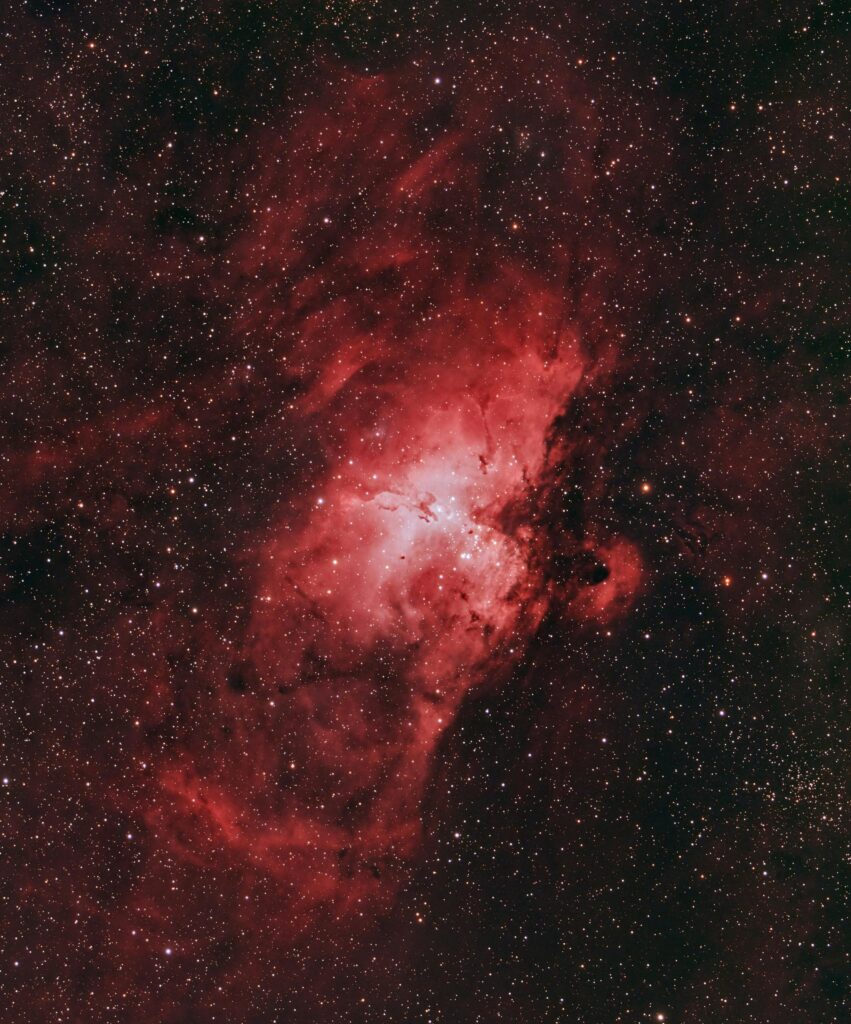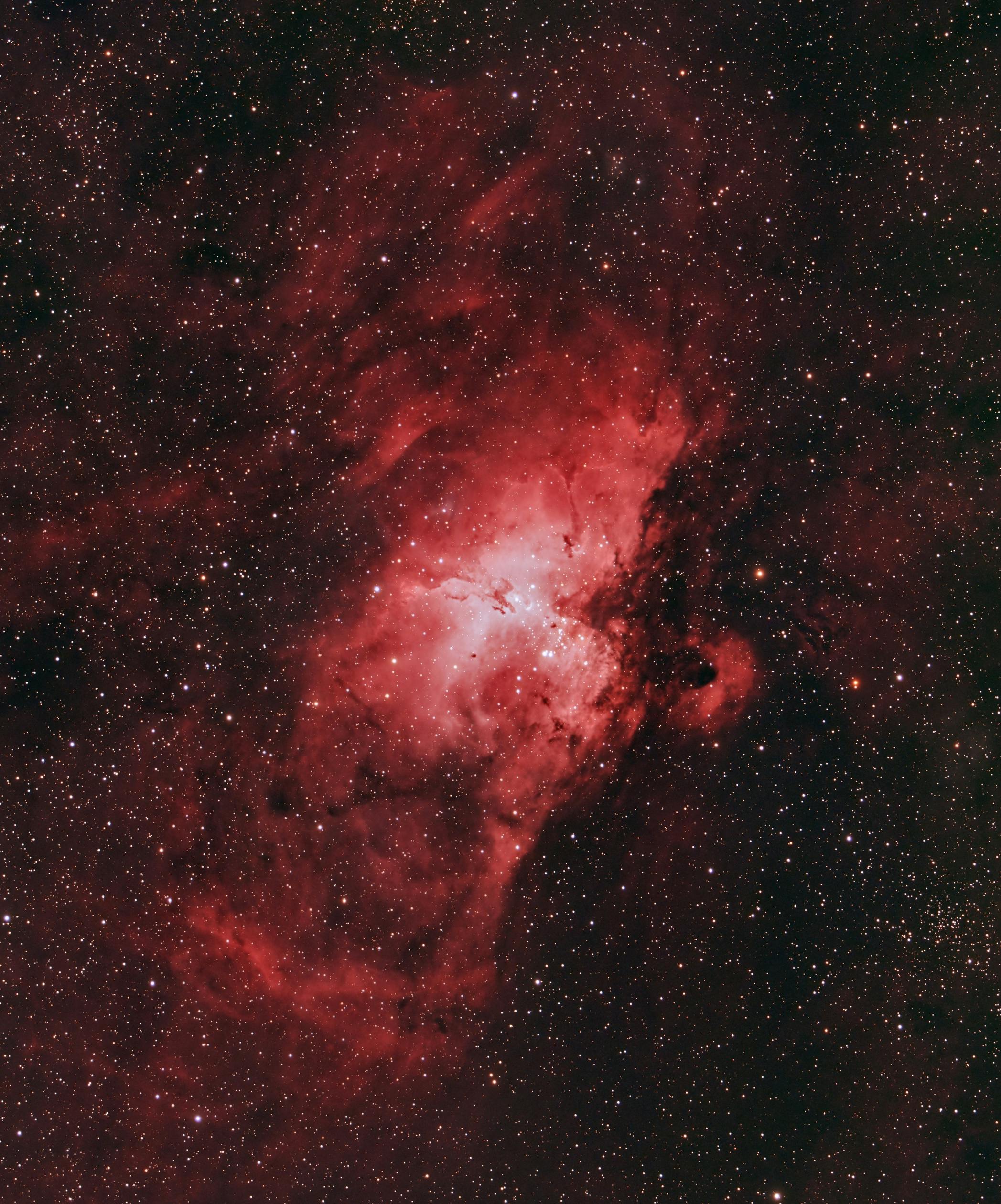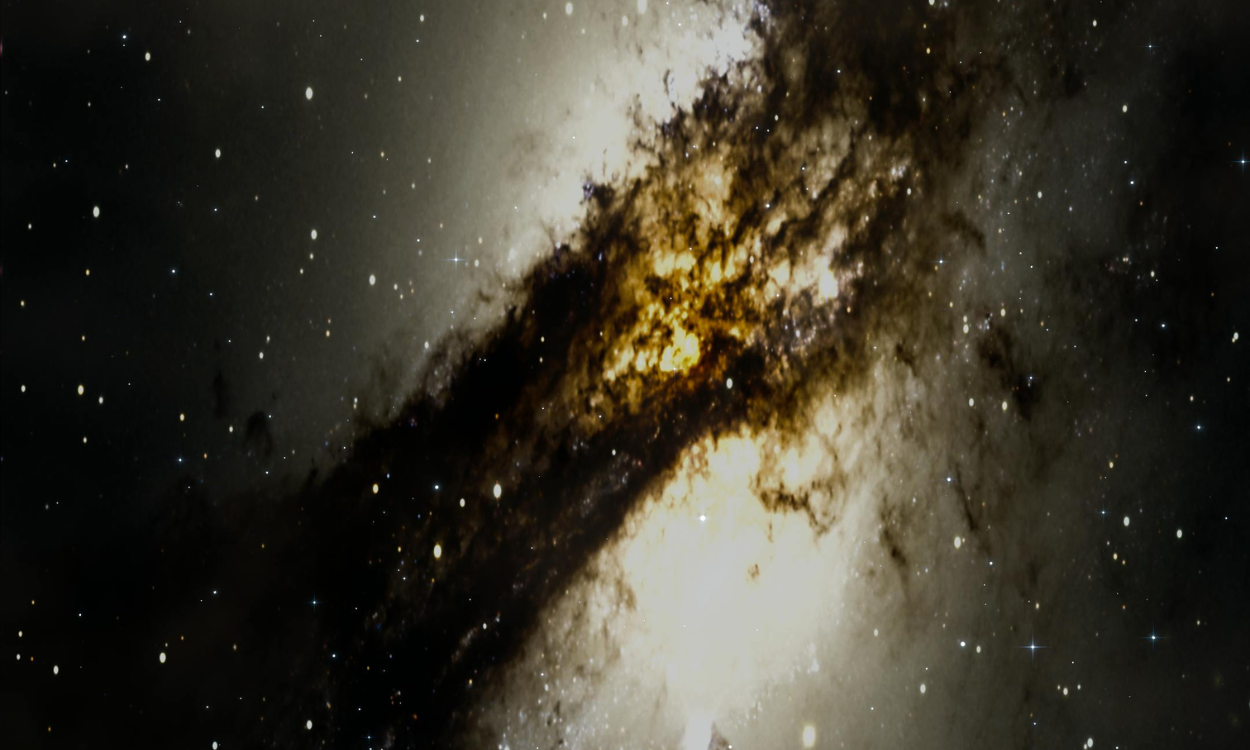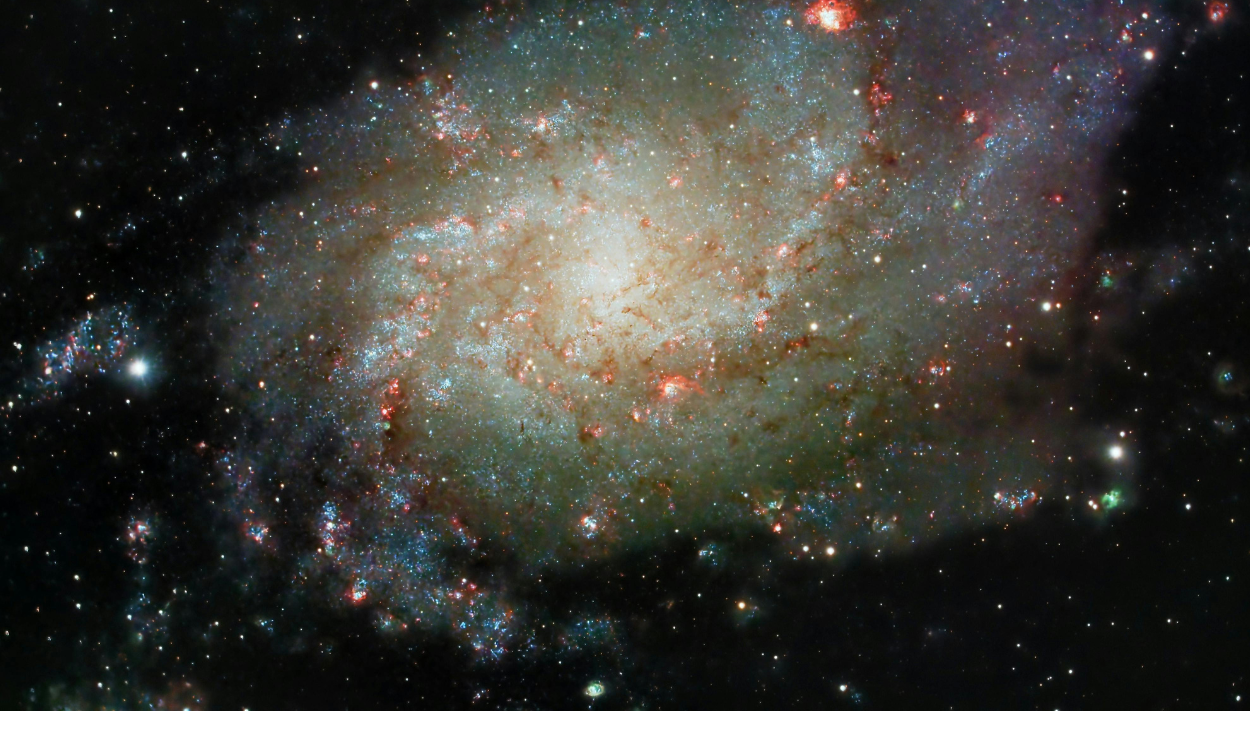Stellar Heritage: Tracing the Origins of the Milky Way
The Milky Way galaxy, a celestial marvel and home to billions of stars, planets, and countless other cosmic phenomena, has fascinated humankind for millennia. Understanding its formation and evolution allows us to unravel the mysteries of our universe and comprehend the very fabric of existence. In this article, we delve into the “Stellar Heritage: Tracing the Origins of the Milky Way,” exploring the galaxy’s inception, its structure, and the legacy it carries within the cosmos.
Table of Contents

The Birth of the Milky Way
The origins of the Milky Way trace back over 13 billion years to the nascent universe, shortly after the Big Bang. During this time, primordial gas clouds composed primarily of hydrogen and helium began to coalesce under the influence of gravity. These early formations marked the first step in the creation of the Milky Way. As these clouds grew denser, they ignited nuclear fusion in their cores, birthing the first generation of stars, known as Population III stars.
The study of the Milky Way’s stellar heritage reveals that these early stars played a crucial role in enriching the interstellar medium with heavier elements. When they exhausted their nuclear fuel, they exploded in supernovae, scattering elements like carbon, oxygen, and iron into space. This material seeded subsequent generations of stars and laid the groundwork for the formation of galaxies as we know them.
Formation of Galactic Structure
One of the most intriguing aspects of tracing the origins of the Milky Way is understanding its distinct structure. The galaxy comprises several key components: the halo, the bulge, the disk, and the spiral arms. Each of these elements tells a unique story about the galaxy’s evolution.
The Halo
The galactic halo, a roughly spherical region surrounding the Milky Way, contains some of the oldest stars in the galaxy. By studying the stellar heritage of the halo, astronomers have uncovered clues about the galaxy’s initial assembly. Many of the stars in this region are thought to have originated in smaller dwarf galaxies that merged with the Milky Way over billions of years. These mergers contributed to the galaxy’s growth and enriched its composition.
The Bulge
At the center of the Milky Way lies the bulge, a densely packed region of stars surrounding a supermassive black hole. The stellar heritage of the bulge reflects a history of intense star formation, likely triggered by early mergers and interactions with other galaxies. This region also provides evidence of the complex dynamics that shaped the Milky Way’s early evolution.
The Disk and Spiral Arms
The Milky Way’s disk, where our solar system resides, is a relatively younger structure. It is characterized by ongoing star formation and intricate patterns of gas and dust. The spiral arms, which emanate from the disk, are iconic features of the Milky Way. They serve as stellar nurseries, hosting regions of active star formation fueled by the interplay of gravity and interstellar matter. Tracing the origins of these structures helps us understand the ongoing processes that sustain our galaxy.
Unveiling the Stellar Heritage
Modern astronomy has made significant strides in unraveling the stellar heritage of the Milky Way. Technological advancements, such as space telescopes and large-scale surveys, have provided unprecedented insights into the galaxy’s formation and evolution.
The Gaia Mission
The European Space Agency’s Gaia mission is a landmark endeavor in mapping the Milky Way’s stars with incredible precision. By cataloging the positions, motions, and characteristics of over a billion stars, Gaia has allowed astronomers to trace the movements of stars and uncover the galaxy’s dynamic history. Through this data, researchers can piece together the Milky Way’s complex past and identify remnants of ancient stellar populations.
Stellar Archaeology
Stellar archaeology, the study of ancient stars, plays a pivotal role in tracing the origins of the Milky Way. By analyzing the chemical compositions of stars, scientists can infer their age and formation history. Stars with low metallicity, for instance, are thought to be among the oldest in the galaxy, as they formed before heavier elements became abundant.
Galactic Cannibalism
Another fascinating aspect of the Milky Way’s stellar heritage is its history of galactic cannibalism. The galaxy’s growth has been fueled by the accretion of smaller galaxies, whose stars and gas were assimilated into the Milky Way. The Sagittarius Dwarf Galaxy and the Gaia-Enceladus event are two prominent examples of such mergers, each leaving distinct imprints on the galaxy’s structure and stellar populations.
The Legacy of the Milky Way
Tracing the origins of the Milky Way extends beyond understanding its formation; it also sheds light on its role within the larger cosmic framework. As one of billions of galaxies in the universe, the Milky Way’s story reflects broader themes of cosmic evolution, from the formation of the first stars to the emergence of planetary systems capable of hosting life.
The Solar System’s Place in the Milky Way
Our solar system, nestled within the Orion Arm of the Milky Way, is a testament to the galaxy’s dynamic history. The Sun, a relatively young star at approximately 4.6 billion years old, is part of a lineage that traces back to earlier generations of stars. The elements that make up Earth and its inhabitants were forged in the hearts of ancient stars, highlighting the profound connection between our existence and the stellar heritage of the Milky Way.
The Future of the Milky Way
Looking ahead, the Milky Way’s journey is far from over. In approximately 4.5 billion years, it is predicted to collide with the Andromeda Galaxy, forming a new galactic structure. This event, while transformative, will continue the legacy of cosmic evolution, creating new opportunities for star formation and the blending of stellar populations.
Conclusion
“Stellar Heritage: Tracing the Origins of the Milky Way” reveals a rich tapestry of cosmic history, woven from the remnants of ancient stars, galactic collisions, and ongoing processes of creation and transformation. By studying the Milky Way’s formation and evolution, we gain a deeper appreciation for the universe’s complexity and our place within it. The Milky Way’s stellar heritage is not just a story of the past; it is a living legacy, inspiring us to continue exploring the cosmos and uncovering the mysteries that define our existence.





